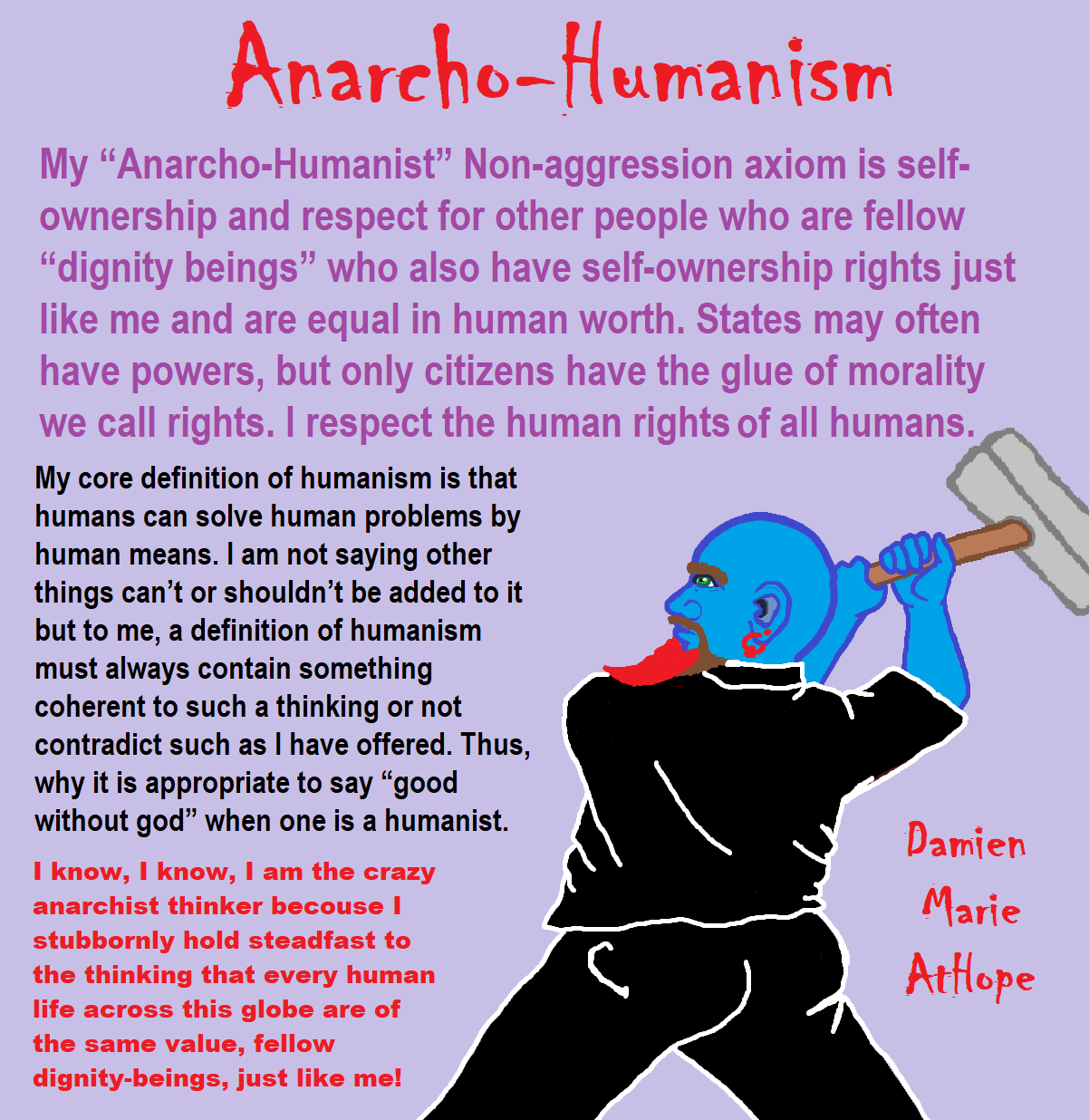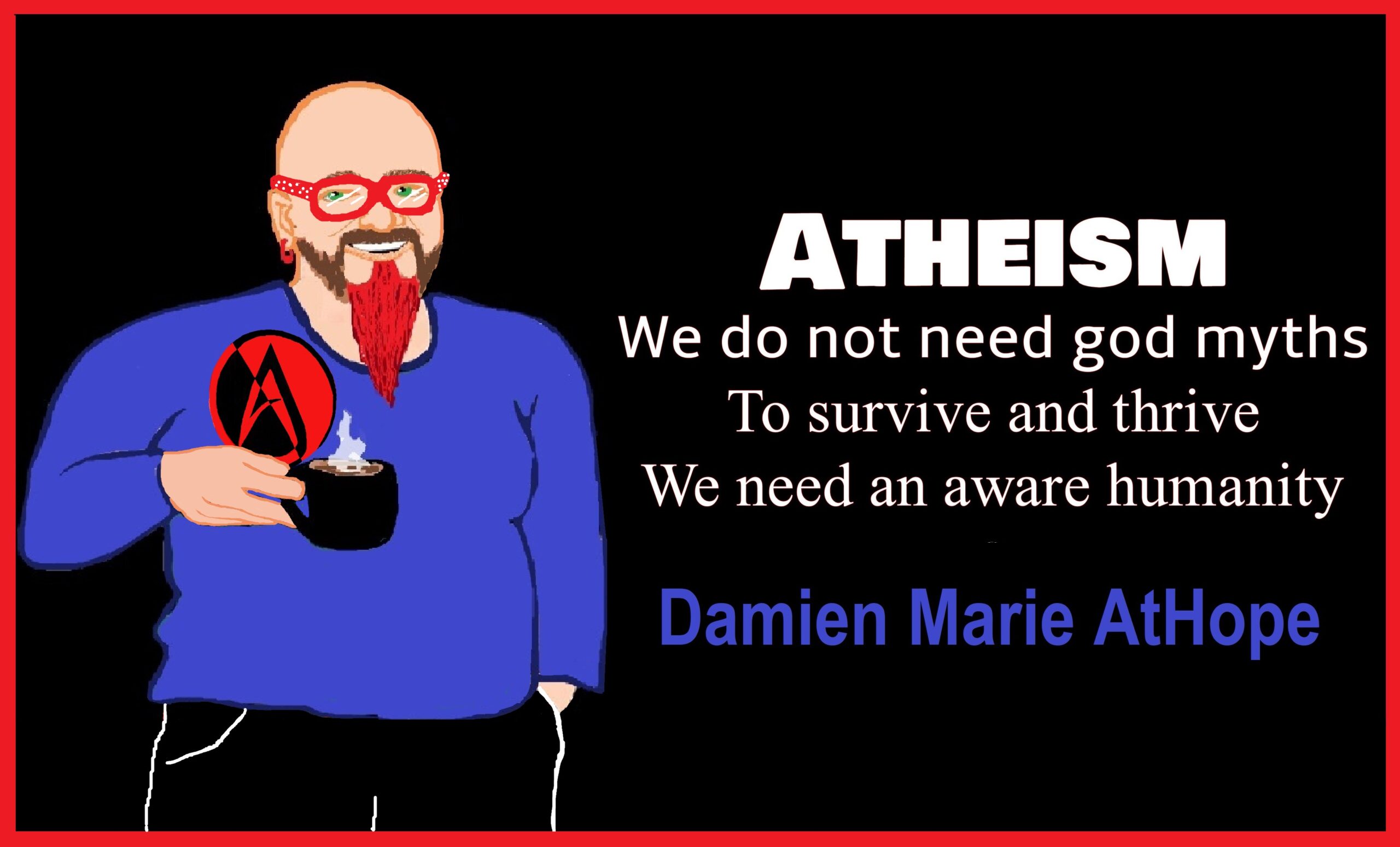
Group Associated Stereotypes
I think that most group stereotypes are negative but this is not always the case. They can often take a morsel of truth and point it out to simplify a few negative points from which to wrongly view the total picture. I remember a phrase which I do not know who the author is yet it says, “Things we do not understand we learn to fear, things we fear we learn to hate, and things we hate we seek to destroy”. I believe often stereotypes are used to invoke fear or dislike which can promulgate acts of discrimination. I found a quote on stereotypes that stated, “A ‘stereotype’ is a generalization about a person or group of persons. We develop stereotypes when we are unable or unwilling to obtain all of the information we would need to make fair judgments about people or situations. In the absence of the total picture, stereotypes in many cases allow us to fill in the blanks. Our society often innocently creates and perpetuates stereotypes, but these stereotypes often lead to unfair discrimination and persecution when the stereotype is unfavorable” (Grobman, 1990).
I will address the following stereotypes of Politicians, the Religious Right, Tattooed Persons, and Feminists. I had some of my own Politicians stereotypes such as they were liars and did little good but to keep things the way it is. I know by reflection that this is not totally true. There are politicians that work for change. The following are some quotes I found on Politicians stereotypes. “Politicians never keep their promises” (Capitol Wire, Inc., 2003). The “politician-as-weathervane stereotype: this sees politicians as people without principles, adjusting their policies to events, changing even their public personae to make them more acceptable to the voters, ready to abandon any long-term aims they may happen to have in order to maintain themselves in office. In addition, this could be a politician who, lacking convictions of his own, is prepared to trim his sail to whatever wind happens to be prevailing, concerned only to stay in office” (Klein, 1972). I believe that this group holds an image that is fairly the same to most individuals. Even if someone believes that a party they support is upstanding. The view of the opposing group follows the politicians’ negative stereotypes. The issue is not so much are they there but are they true and constructive in meaningful dialogue.
The next group of stereotypes is about the Religious Right. The following are some quotes on Religious Right stereotypes, “media-driven stereotypes about the religious right wanting to impose its views often by force or coercive laws” (Colson, 2005). I think that this view could invoke a different view depending on one’s religious leanings or political stance. It could be taken positively if one is a Christian conservative and negative by most others that does not hold Christian conservative values. As an atheist leftist, I do not hold Christian conservative values so I need to make sure that I am seeing what is true with as little bias as possible, thinking are my stereotypes is about the Religious Right true and constructive in meaningful dialogue.
The next group is Tattooed Persons stereotypes. I know I have a close experience here since I have 18 tattoos on my chest, arms, and back. People think because I have tattoos I am mean, a biker, gang member, been in jail, am untreatable, have no morals, and on drugs. The following are some quotes I found on Tattooed Persons stereotypes, “Because the people who have gotten tattooed share a common knowledge that others outside the group–people without tattoos–have no access to. Instead, these outsiders have to draw from a pool of preconceived notions about this folk group, including notions about drug use, being a member of a gang, or some other deviant aspect about them. Unclean denotes something negative and dirty, and tattoos are thought of by many in this same way, usually by people without tattoos” (Rothenberg, 1996). I believe that someone with a good tattoo is a creative person and is often expanded in their thinking on issues. Tattooed Persons stereotypes are positive to other tattooed people, and negative mainly to those without tattoos. Again the emphasis should be not so much are Tattooed Persons stereotypes there but are they true and constructive in meaningful dialogue.
The next group is Feminists Stereotypes. I know I have a close experience here since I feel I am a feminist and I am a great supporter of women’s rights and value. I believe that as a man (actually a genderqueer, intersex, male) I can be a feminist because I highly believe and support feminism. My view of feminist stereotypes is people who are usually women but others like me as well which believe and support female value, equality and rights. I know others hold different feminists’ stereotypes and the following are some quotes which I found. “Lesbians and man-haters are often categorized within the feminist concept. There are indeed many lesbians who are feminists. Does that mean that every single lesbian is a feminist or that every single feminist is a lesbian? Some feminists do not feel favorably towards men or others not cis women. But in no way do all feminists wish men harm, nor do they hate them. There are many different beliefs within any ideology no different for feminism. Another general stereotype of a feminist is that they do not shave or wear makeup. There are some feminists that believe and others do not believe that they need to simply buys into society’s stigmas and guidelines of what is considered feminism or what some feminists do” (White, M. 2006). Feminists stereotypes can be positive to other feminists or those that share in their ideologies, and negative to those without who are usually men with dominant masculine leanings or those that fear or dislike women empowerment or some other reason.
Language and Rhetoric Used
Stereotypes come from mostly divergent language strategies which possess fractions of truth to globalize belief in their rhetoric. The stereotypes contain strategies to minimalize the positive value and replace it with negative caricatures. The following theme started to emerge which is if you are a member of the stereotype group, you hold positive leanings towards that group. In most cases, it did not matter if the stereotype caricatures were positive, negative, or both. In some cases, the language and rhetoric have a strong impact on internalized belief as demonstrated in the Senior Citizens stereotypes.
Self-appraisal
Now, I see the importance to keep in mind is thought development and its high sense of over emotionalism which produces a deficient logic. I can fall into a maelstrom of non-subjective assertions that I start to believe and that hold truth without evaluation. I believe that just blindly taking on one side of an issue as truth is poorly conceived. It lacks the cognitive tests which requires judgment to come to a precise logical standing that is worthy upon critical reflection. By identifying the stereotypes, I am able to see my own falsities and thus those employed by others. I can cut away the mumblings of unwarranted stereotypes to ascertain the truth. This broader contemplation of the facts compared to deficient acceptance of stereotypes will help me in my decision making. This explains why there is an importance in getting a balanced diet of facts and utilizing them to ascertain nutrient rich truth from unfortified innuendos and scare tactics. “When people become angry or afraid, they don’t think clearly” (Moore, & Parker, 2007).
Lastly, by producing healthy critical thinking requires a higher level of attention to all aspects of an argument. In turn, this must be explored from what is said, how it is said, who is saying it, what words are used, and what the motivation is. Now see my own personal thinking and attitude variable structure of stereotyping. It is easier for me to hold positive stereotypes with groups that I am involved and hold negative stereotypes of groups that I am not associated with. Which brings me back to the issue is not so much are negative stereotypes there but are they true and constructive in meaningful dialogue.
By Damien Marie AtHope
References
Capitol Wire, Inc., (2003). Promises, promises. Retrieved from Franklin & Marshall College Web site: http://www.fandm.edu/x3989.xml
Colson, C. (2005). Commentary: A winsome witness in the public square. Retrieved from Crosswalk.com Web site: http://www.crosswalk.com/news/1371876.html
Grobman, G. M. (1990). Stereotypes and prejudices. Retrieved from A Cybrary of the Holocaust Web site: http://www.remember.org/guide/History.root.stereotypes.html
Klein, R. (1972). Ministering to Britain. Commentary, 53(2), Retrieved from http://www.commentarymagazine.com/Summaries/V53I2P80-1.htm
Moore, B. & Parker, R. (2007). Critical Thinking. New York, NY: McGraw-Hill.
Rothenberg, K. (1996). Tattooed people as taboo figures in modern society. Retrieved from Dozer’s Custom Tattoo’s Web site: http://www.dozta2.com/stories.html
White, M. (2006). Feminist stereotypes. Retrieved from California State University, Fullerton Web site: http://hss.fullerton.edu/womens/news/mwhite.htm










“Theists, there has to be a god, as something can not come from nothing.”
Well, thus something (unknown) happened and then there was something. This does not tell us what the something that may have been involved with something coming from nothing. A supposed first cause, thus something (unknown) happened and then there was something is not an open invitation to claim it as known, neither is it justified to call or label such an unknown as anything, especially an unsubstantiated magical thinking belief born of mythology and religious storytelling.

While hallucinogens are associated with shamanism, it is alcohol that is associated with paganism.
The Atheist-Humanist-Leftist Revolutionaries Shows in the prehistory series:
Show two: Pre-animism 300,000 years old and animism 100,000 years old: related to “Anarchism and Socialism”
Show tree: Totemism 50,000 years old: related to “Anarchism and Socialism”
Show four: Shamanism 30,000 years old: related to “Anarchism and Socialism”
Show five: Paganism 12,000 years old: related to “Anarchism and Socialism”
Show six: Emergence of hierarchy, sexism, slavery, and the new male god dominance: Paganism 7,000-5,000 years old: related to “Anarchism and Socialism” (Capitalism) (World War 0) Elite and their slaves!
Prehistory: related to “Anarchism and Socialism” the division of labor, power, rights, and recourses: VIDEO
Pre-animism 300,000 years old and animism 100,000 years old: related to “Anarchism and Socialism”: VIDEO
Totemism 50,000 years old: related to “Anarchism and Socialism”: VIDEO
Shamanism 30,000 years old: related to “Anarchism and Socialism”: VIDEO
Paganism 12,000 years old: related to “Anarchism and Socialism” (Pre-Capitalism): VIDEO
Paganism 7,000-5,000 years old: related to “Anarchism and Socialism” (Capitalism) (World War 0) Elite and their slaves: VIEDO
Paganism 5,000 years old: progressed organized religion and the state: related to “Anarchism and Socialism” (Kings and the Rise of the State): VIEDO
Paganism 4,000 years old: related to “Anarchism and Socialism” (First Moralistic gods, then the Origin time of Monotheism): VIEDO
I do not hate simply because I challenge and expose myths or lies any more than others being thought of as loving simply because of the protection and hiding from challenge their favored myths or lies.
The truth is best championed in the sunlight of challenge.
An archaeologist once said to me “Damien religion and culture are very different”
My response, So are you saying that was always that way, such as would you say Native Americans’ cultures are separate from their religions? And do you think it always was the way you believe?
I had said that religion was a cultural product. That is still how I see it and there are other archaeologists that think close to me as well. Gods too are the myths of cultures that did not understand science or the world around them, seeing magic/supernatural everywhere.
I personally think there is a goddess and not enough evidence to support a male god at Çatalhöyük but if there was both a male and female god and goddess then I know the kind of gods they were like Proto-Indo-European mythology.
This series idea was addressed in, Anarchist Teaching as Free Public Education or Free Education in the Public: VIDEO
Our 12 video series: Organized Oppression: Mesopotamian State Force and the Politics of power (9,000-4,000 years ago), is adapted from: The Complete and Concise History of the Sumerians and Early Bronze Age Mesopotamia (7000-2000 BC): https://www.youtube.com/watch?v=szFjxmY7jQA by “History with Cy“
Show #1: Mesopotamian State Force and the Politics of Power (Samarra, Halaf, Ubaid)
Show #2: Mesopotamian State Force and the Politics of Power
Show #3: Mesopotamian State Force and the Politics of Power (Uruk and the First Cities)
Show #4: Mesopotamian State Force and the Politics of Power (First Kings)
Show #5: Mesopotamian State Force and the Politics of Power (Early Dynastic Period)
Show #6: Mesopotamian State Force and the Politics of Power
Show #7: Mesopotamian State Force and the Politics of Power (Sargon and Akkadian Rule)
Show #9: Mesopotamian State Force and the Politics of Power (Gudea of Lagash and Utu-hegal)
Show #12: Mesopotamian State Force and the Politics of Power (Aftermath and Legacy of Sumer)

The “Atheist-Humanist-Leftist Revolutionaries”
Cory Johnston ☭ Ⓐ Atheist Leftist @Skepticallefty & I (Damien Marie AtHope) @AthopeMarie (my YouTube & related blog) are working jointly in atheist, antitheist, antireligionist, antifascist, anarchist, socialist, and humanist endeavors in our videos together, generally, every other Saturday.
Why Does Power Bring Responsibility?
Think, how often is it the powerless that start wars, oppress others, or commit genocide? So, I guess the question is to us all, to ask, how can power not carry responsibility in a humanity concept? I know I see the deep ethical responsibility that if there is power their must be a humanistic responsibility of ethical and empathic stewardship of that power. Will I be brave enough to be kind? Will I possess enough courage to be compassionate? Will my valor reach its height of empathy? I as everyone, earns our justified respect by our actions, that are good, ethical, just, protecting, and kind. Do I have enough self-respect to put my love for humanity’s flushing, over being brought down by some of its bad actors? May we all be the ones doing good actions in the world, to help human flourishing.
I create the world I want to live in, striving for flourishing. Which is not a place but a positive potential involvement and promotion; a life of humanist goal precision. To master oneself, also means mastering positive prosocial behaviors needed for human flourishing. I may have lost a god myth as an atheist, but I am happy to tell you, my friend, it is exactly because of that, leaving the mental terrorizer, god belief, that I truly regained my connected ethical as well as kind humanity.
Cory and I will talk about prehistory and theism, addressing the relevance to atheism, anarchism, and socialism.
At the same time as the rise of the male god, 7,000 years ago, there was also the very time there was the rise of violence, war, and clans to kingdoms, then empires, then states. It is all connected back to 7,000 years ago, and it moved across the world.
Cory Johnston: https://damienmarieathope.com/2021/04/cory-johnston-mind-of-a-skeptical-leftist/?v=32aec8db952d
The Mind of a Skeptical Leftist (YouTube)
Cory Johnston: Mind of a Skeptical Leftist @Skepticallefty
The Mind of a Skeptical Leftist By Cory Johnston: “Promoting critical thinking, social justice, and left-wing politics by covering current events and talking to a variety of people. Cory Johnston has been thoughtfully talking to people and attempting to promote critical thinking, social justice, and left-wing politics.” http://anchor.fm/skepticalleft
Cory needs our support. We rise by helping each other.
Cory Johnston ☭ Ⓐ @Skepticallefty Evidence-based atheist leftist (he/him) Producer, host, and co-host of 4 podcasts @skeptarchy @skpoliticspod and @AthopeMarie
Damien Marie AtHope (“At Hope”) Axiological Atheist, Anti-theist, Anti-religionist, Secular Humanist. Rationalist, Writer, Artist, Poet, Philosopher, Advocate, Activist, Psychology, and Armchair Archaeology/Anthropology/Historian.
Damien is interested in: Freedom, Liberty, Justice, Equality, Ethics, Humanism, Science, Atheism, Antiteism, Antireligionism, Ignosticism, Left-Libertarianism, Anarchism, Socialism, Mutualism, Axiology, Metaphysics, LGBTQI, Philosophy, Advocacy, Activism, Mental Health, Psychology, Archaeology, Social Work, Sexual Rights, Marriage Rights, Woman’s Rights, Gender Rights, Child Rights, Secular Rights, Race Equality, Ageism/Disability Equality, Etc. And a far-leftist, “Anarcho-Humanist.”
I am not a good fit in the atheist movement that is mostly pro-capitalist, I am anti-capitalist. Mostly pro-skeptic, I am a rationalist not valuing skepticism. Mostly pro-agnostic, I am anti-agnostic. Mostly limited to anti-Abrahamic religions, I am an anti-religionist.
To me, the “male god” seems to have either emerged or become prominent around 7,000 years ago, whereas the now favored monotheism “male god” is more like 4,000 years ago or so. To me, the “female goddess” seems to have either emerged or become prominent around 11,000-10,000 years ago or so, losing the majority of its once prominence around 2,000 years ago due largely to the now favored monotheism “male god” that grow in prominence after 4,000 years ago or so.
My Thought on the Evolution of Gods?
Animal protector deities from old totems/spirit animal beliefs come first to me, 13,000/12,000 years ago, then women as deities 11,000/10,000 years ago, then male gods around 7,000/8,000 years ago. Moralistic gods around 5,000/4,000 years ago, and monotheistic gods around 4,000/3,000 years ago.
To me, animal gods were likely first related to totemism animals around 13,000 to 12,000 years ago or older. Female as goddesses was next to me, 11,000 to 10,000 years ago or so with the emergence of agriculture. Then male gods come about 8,000 to 7,000 years ago with clan wars. Many monotheism-themed religions started in henotheism, emerging out of polytheism/paganism.

Damien Marie AtHope (Said as “At” “Hope”)/(Autodidact Polymath but not good at math):
Axiological Atheist, Anti-theist, Anti-religionist, Secular Humanist, Rationalist, Writer, Artist, Jeweler, Poet, “autodidact” Philosopher, schooled in Psychology, and “autodidact” Armchair Archaeology/Anthropology/Pre-Historian (Knowledgeable in the range of: 1 million to 5,000/4,000 years ago). I am an anarchist socialist politically. Reasons for or Types of Atheism
My Website, My Blog, & Short-writing or Quotes, My YouTube, Twitter: @AthopeMarie, and My Email: damien.marie.athope@gmail.com



